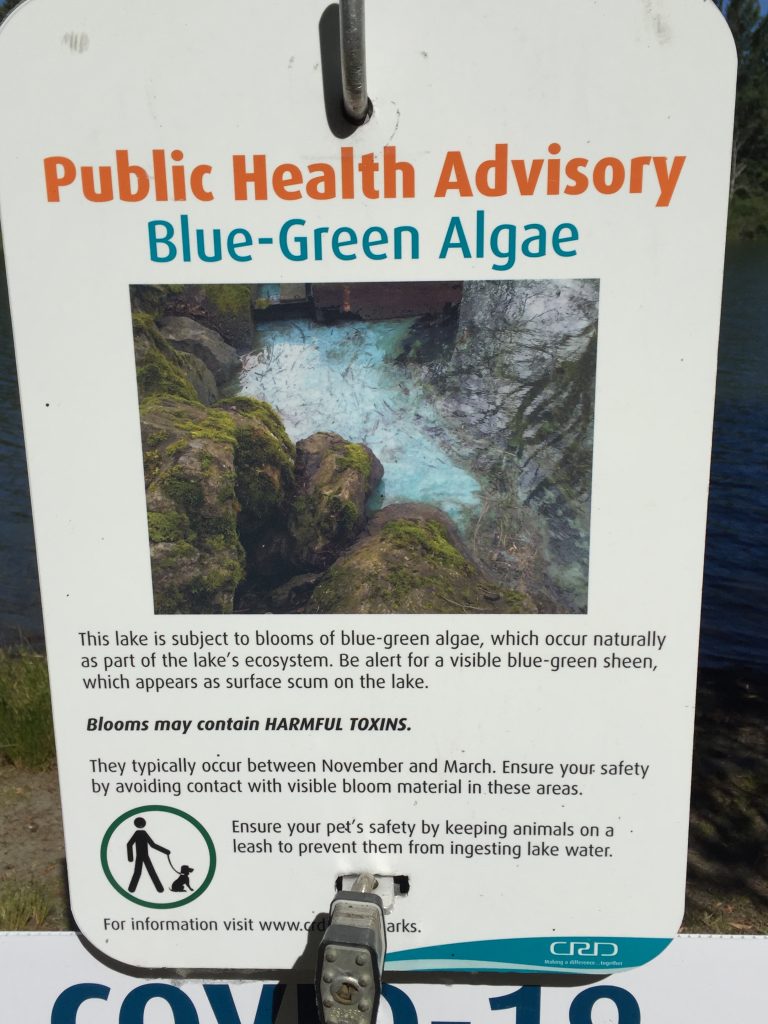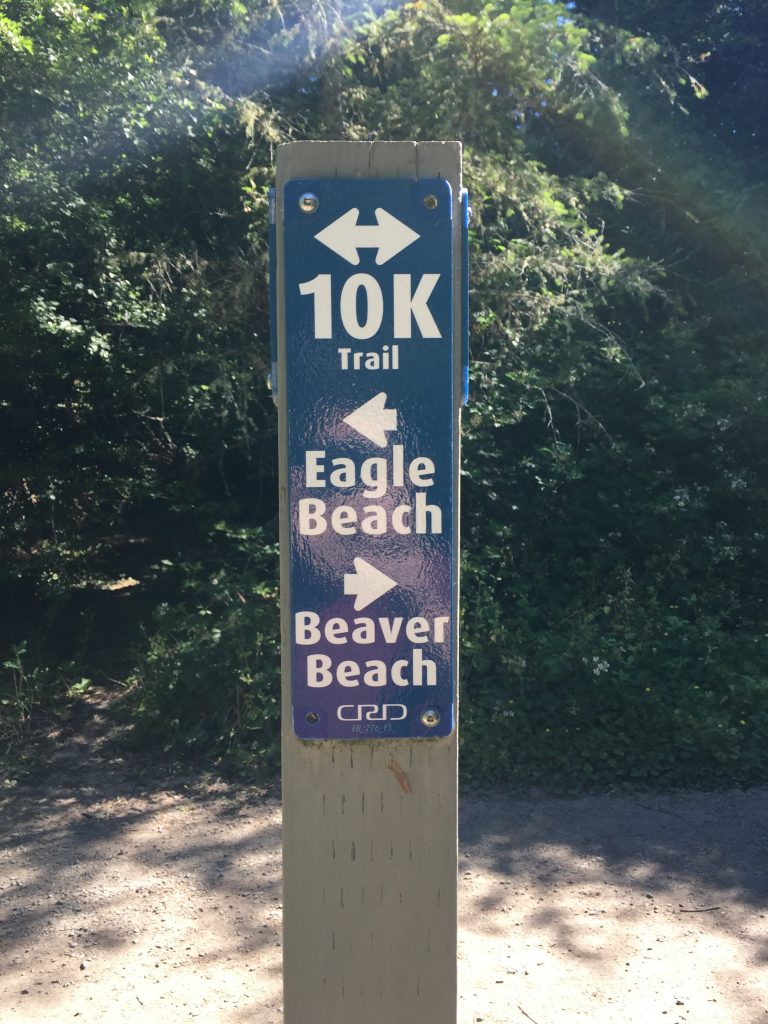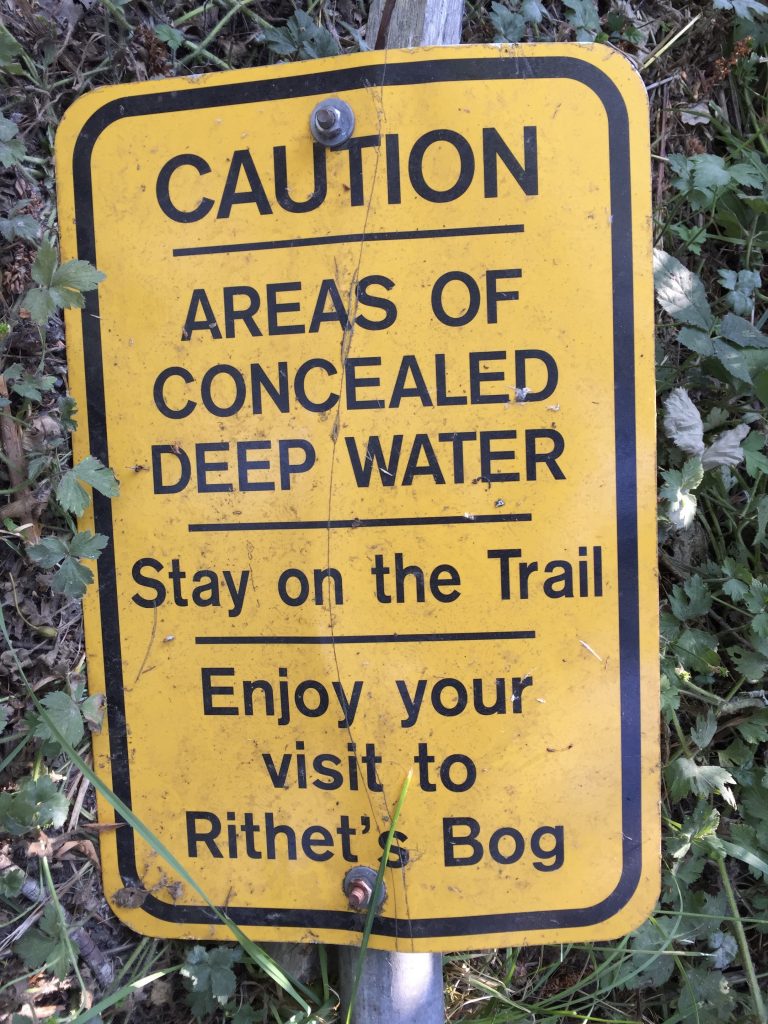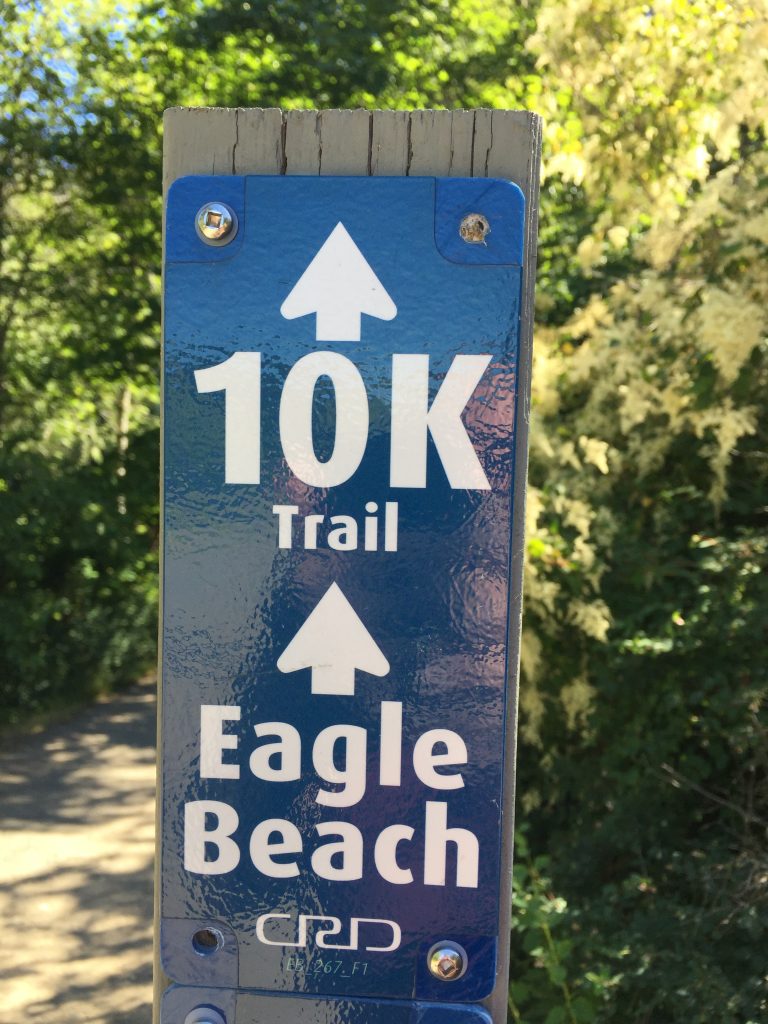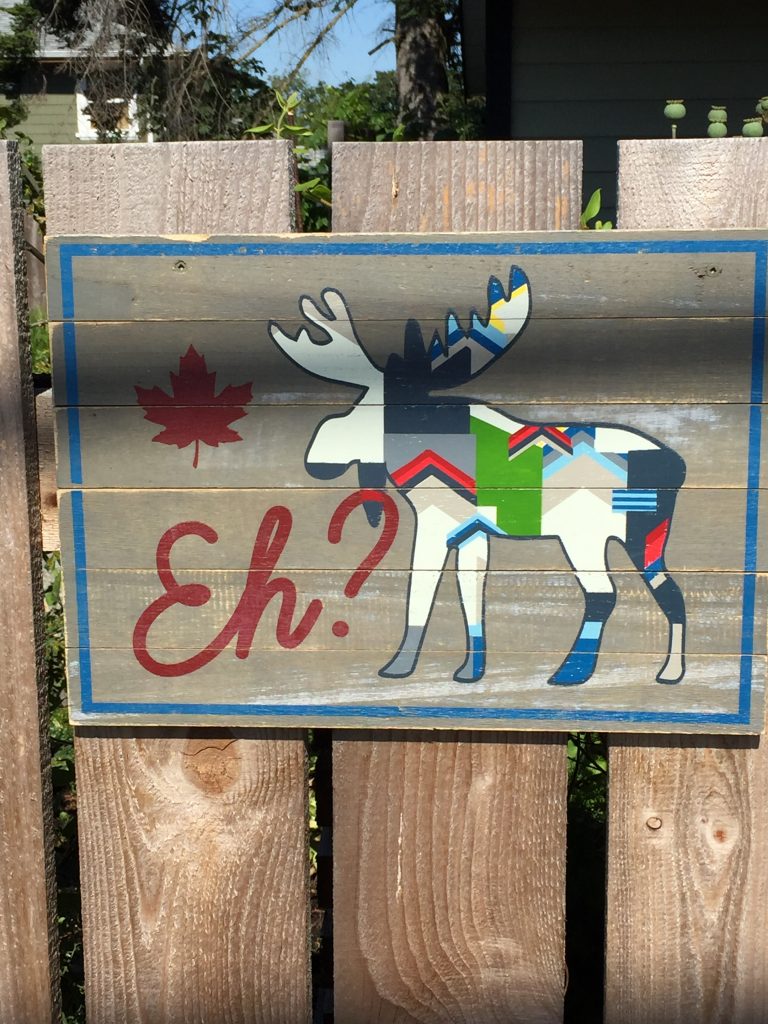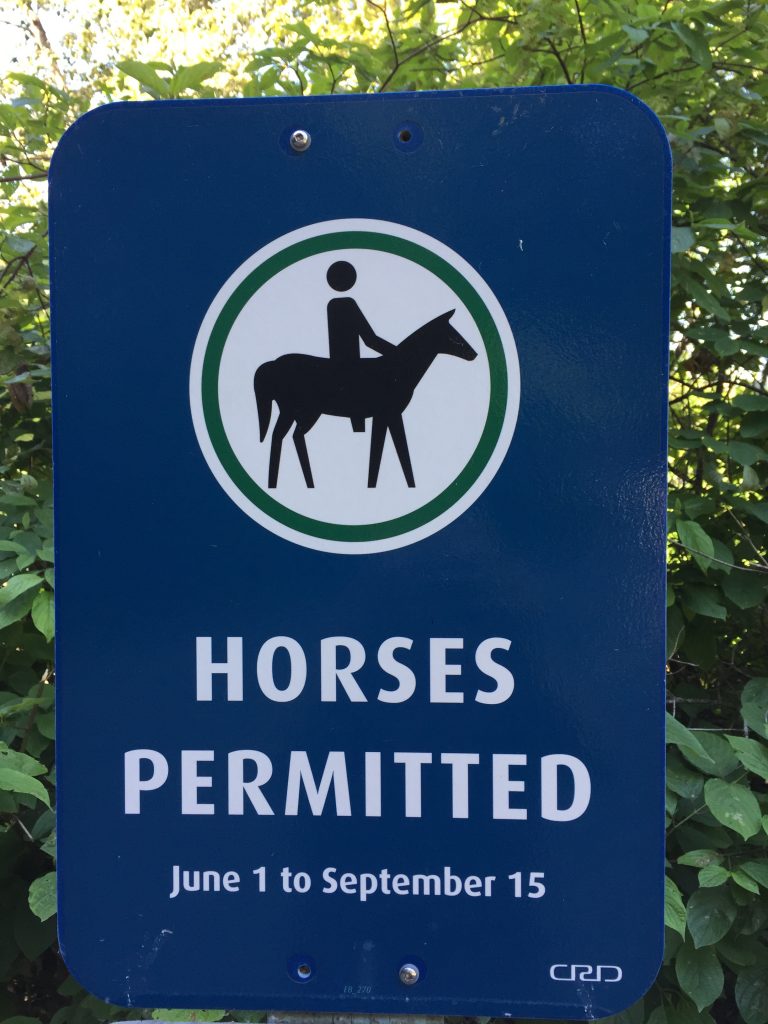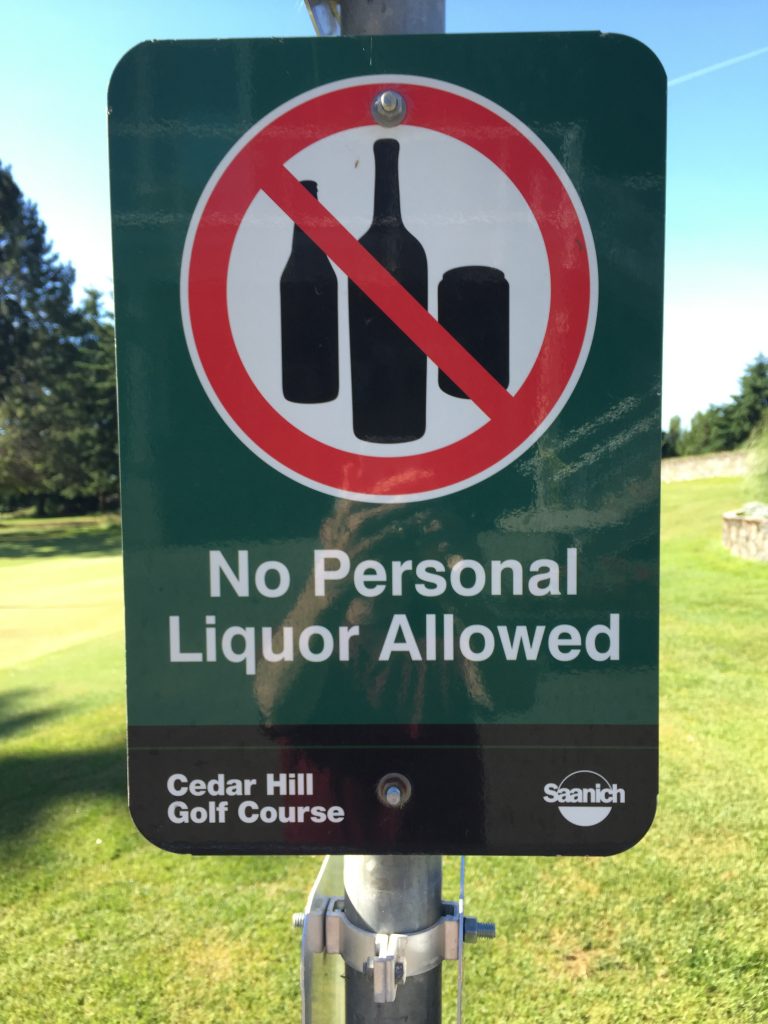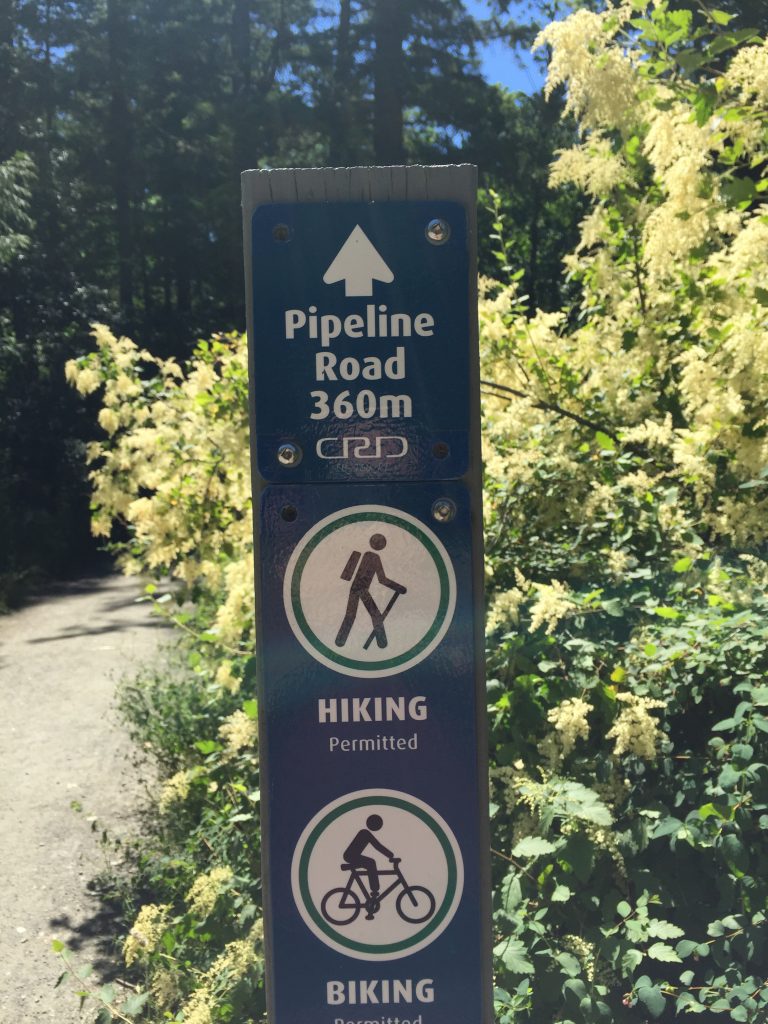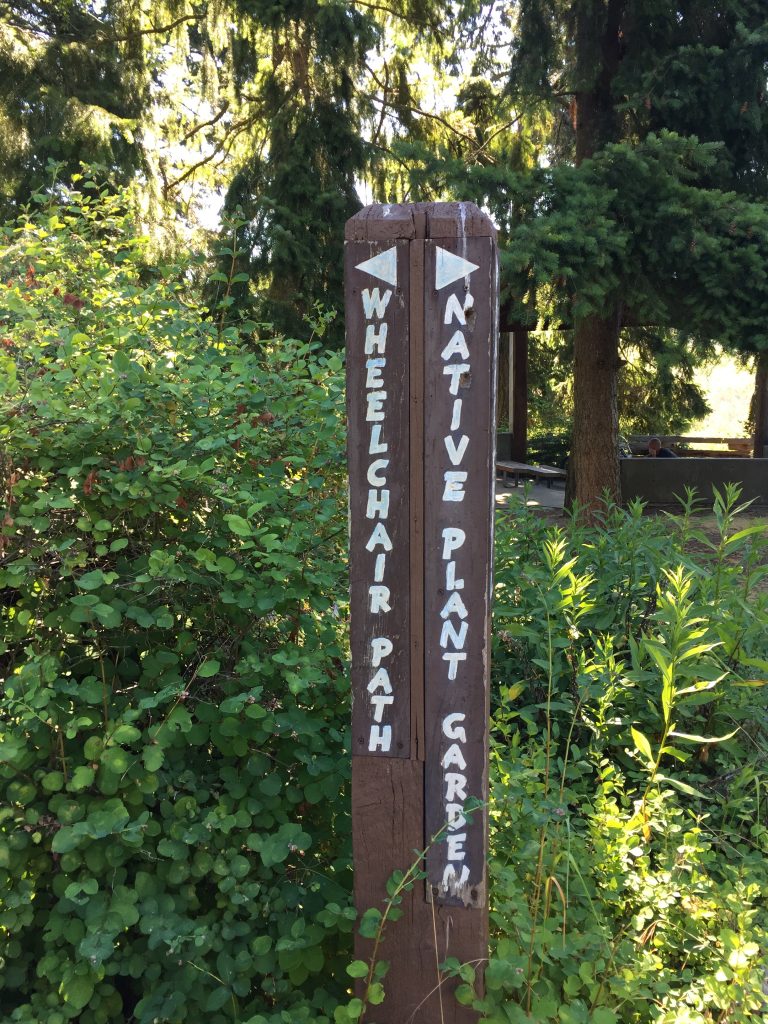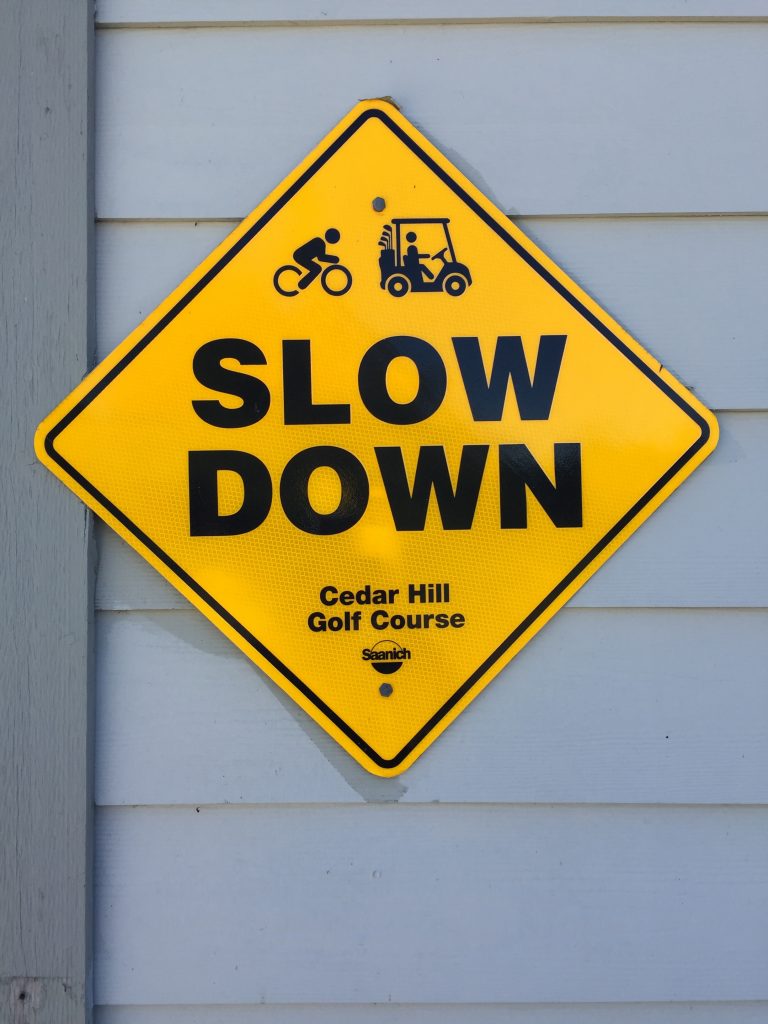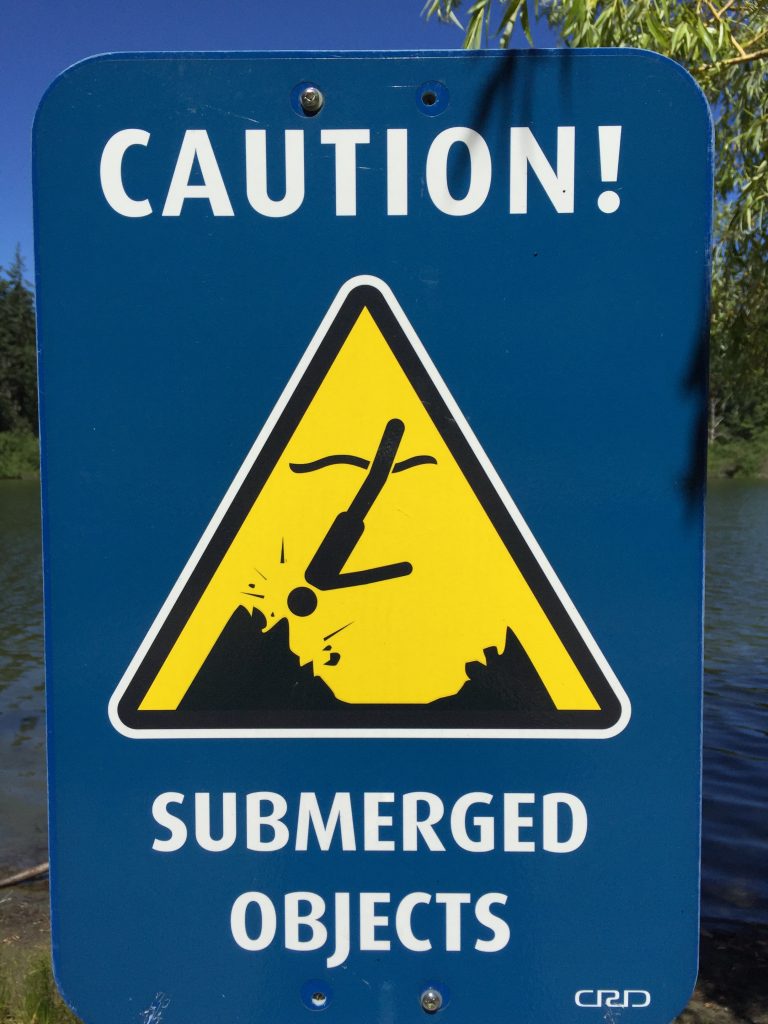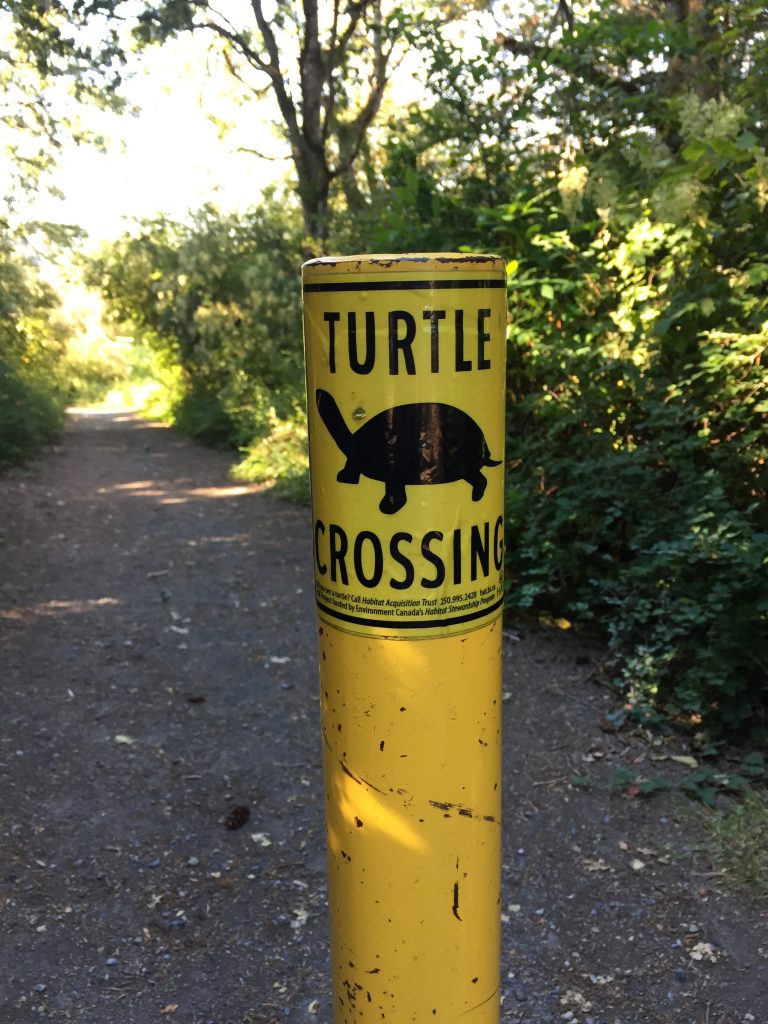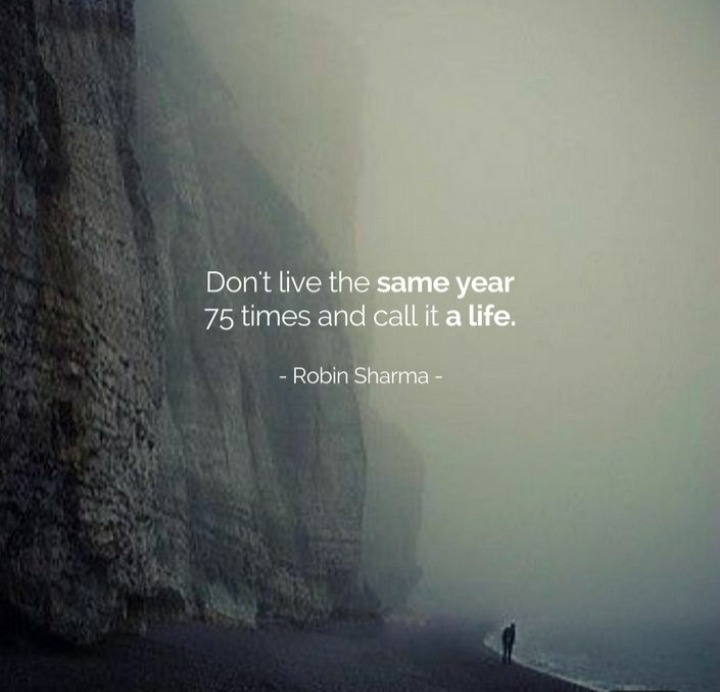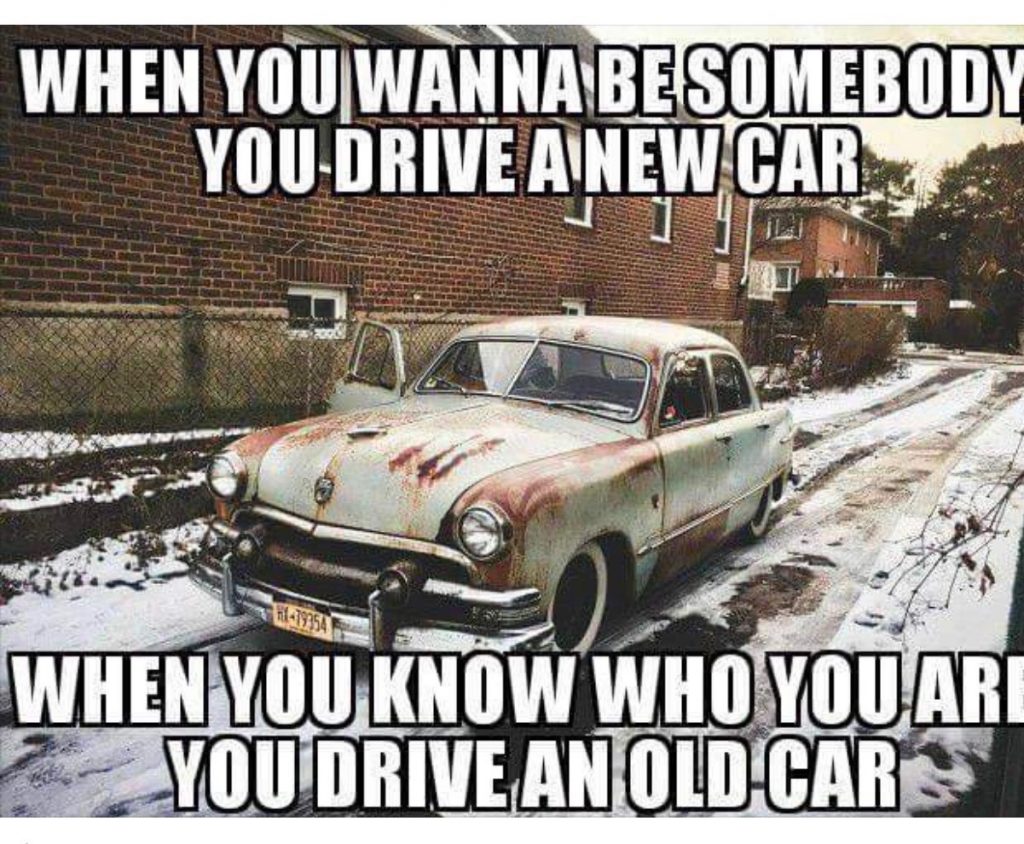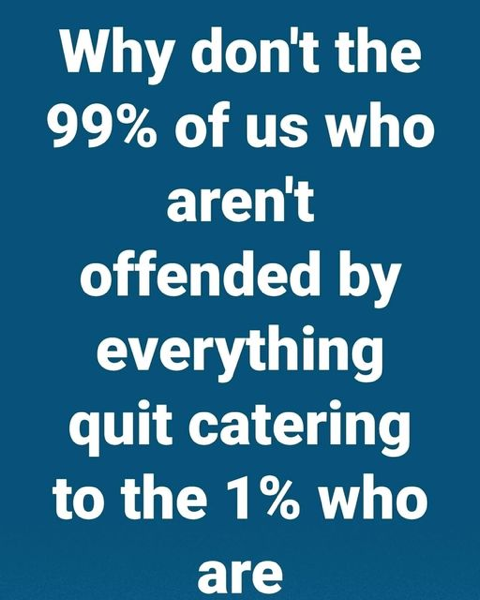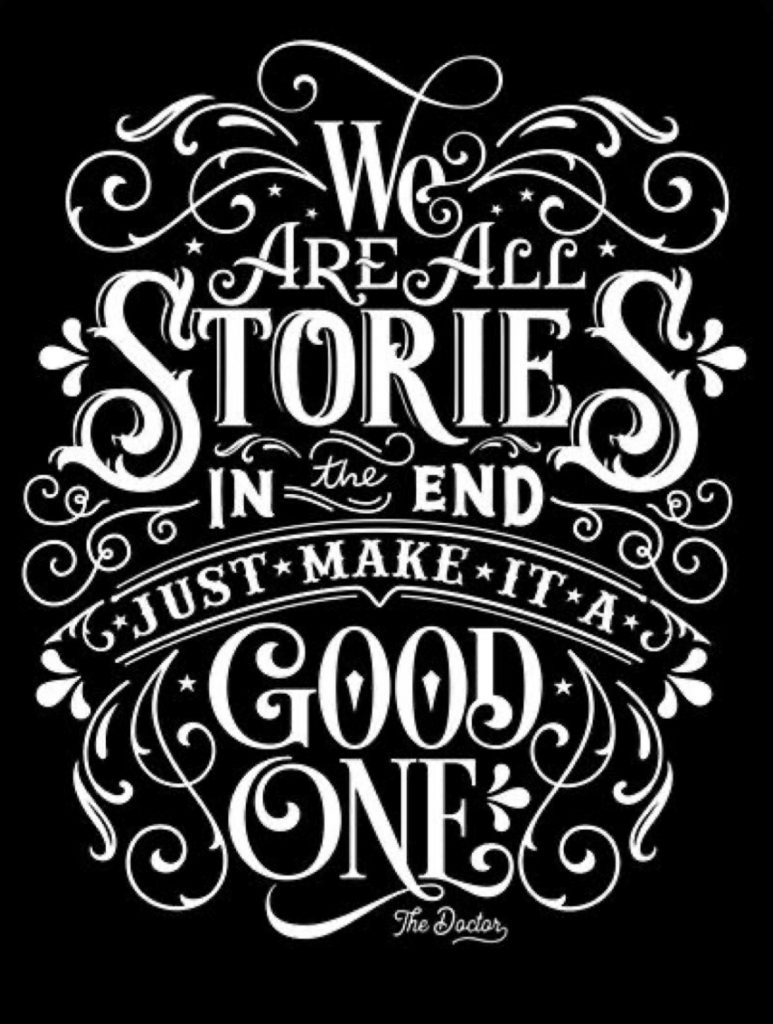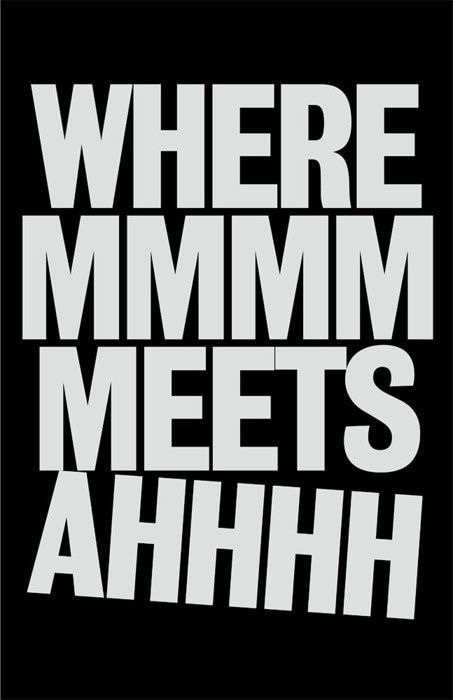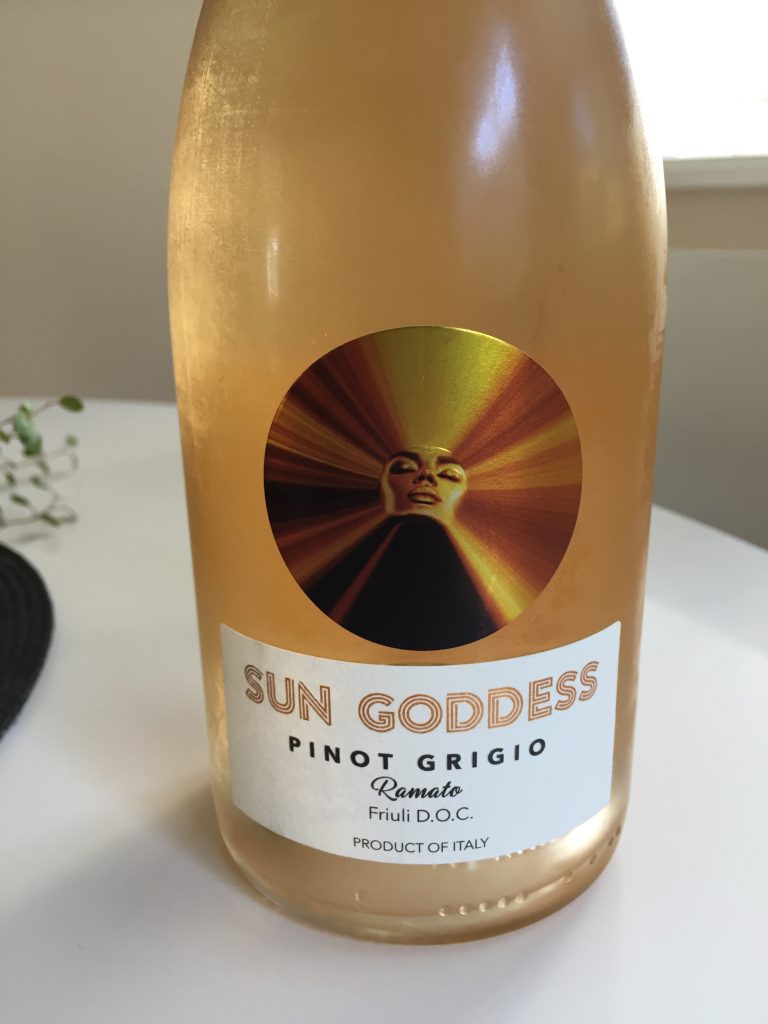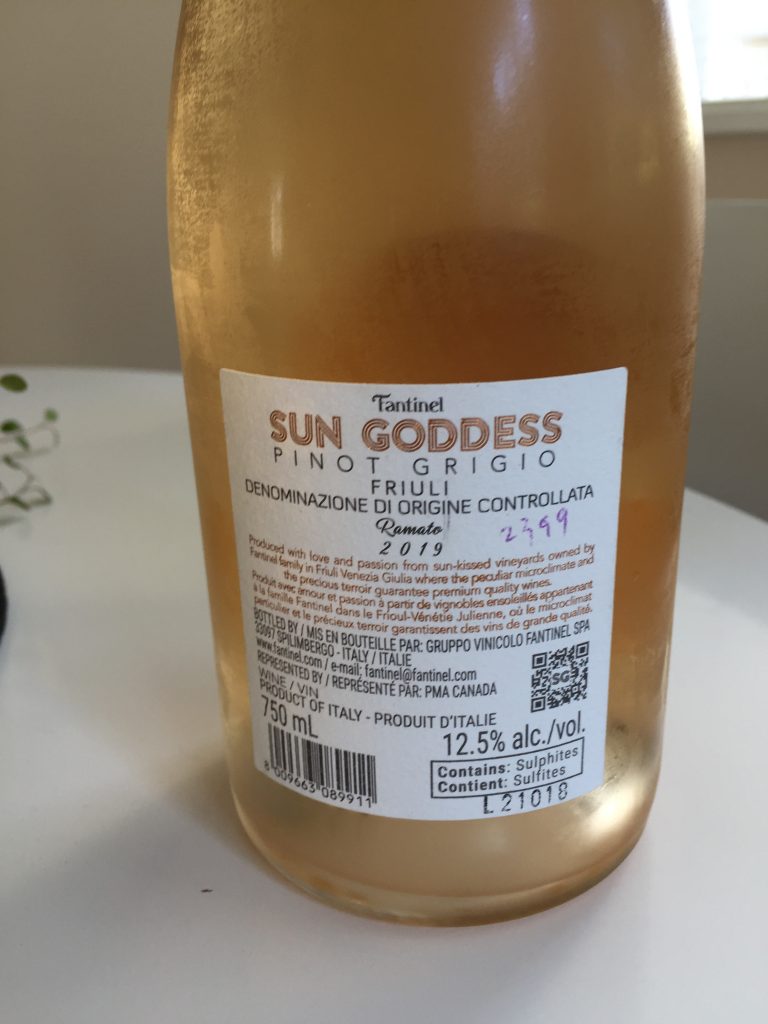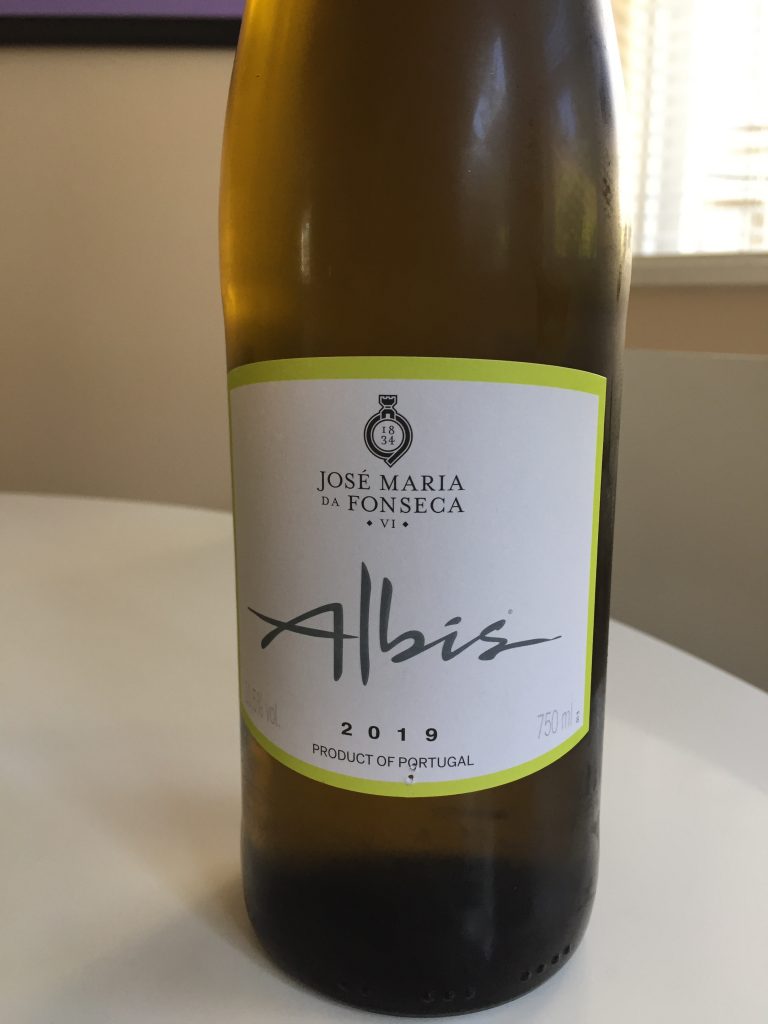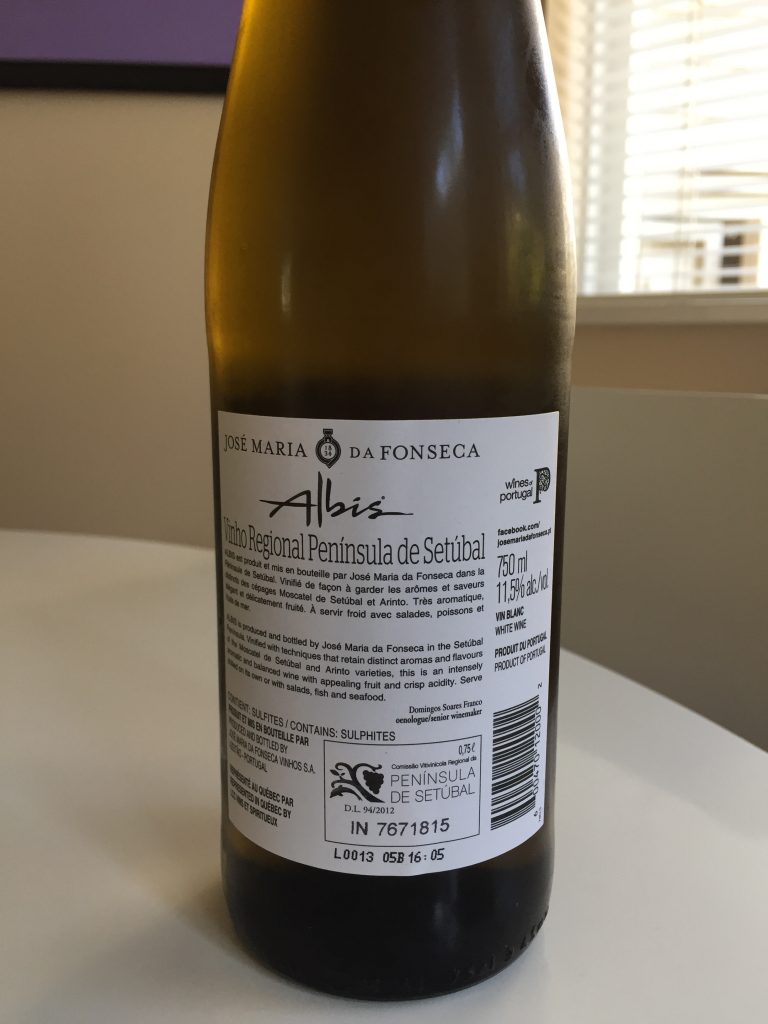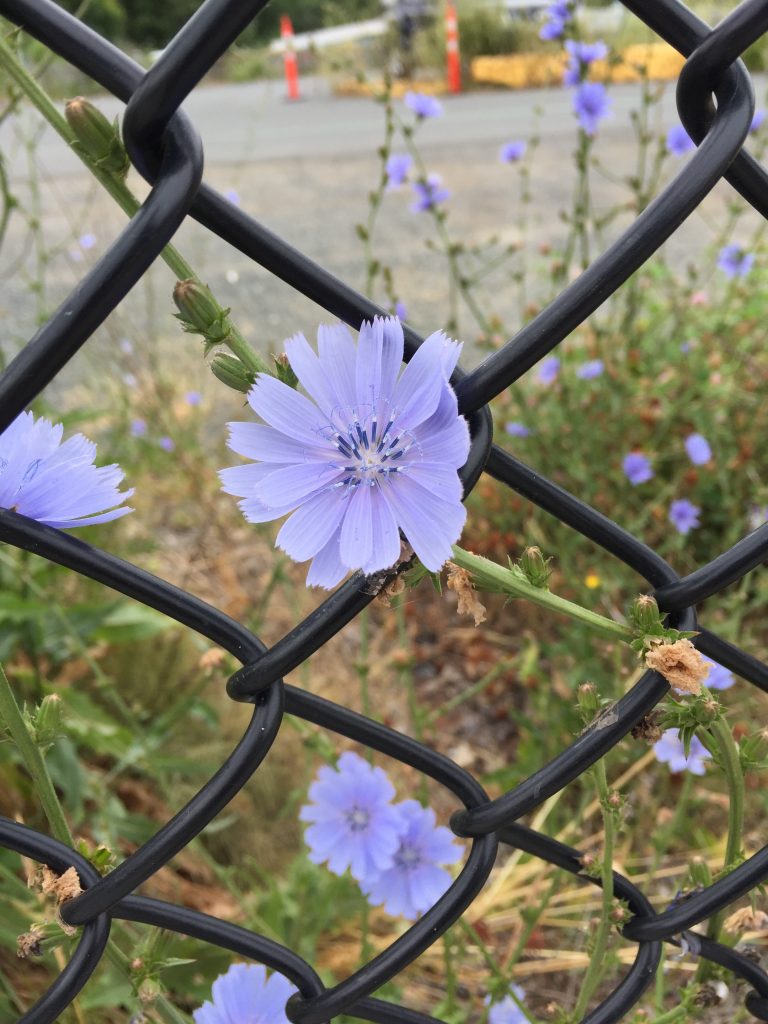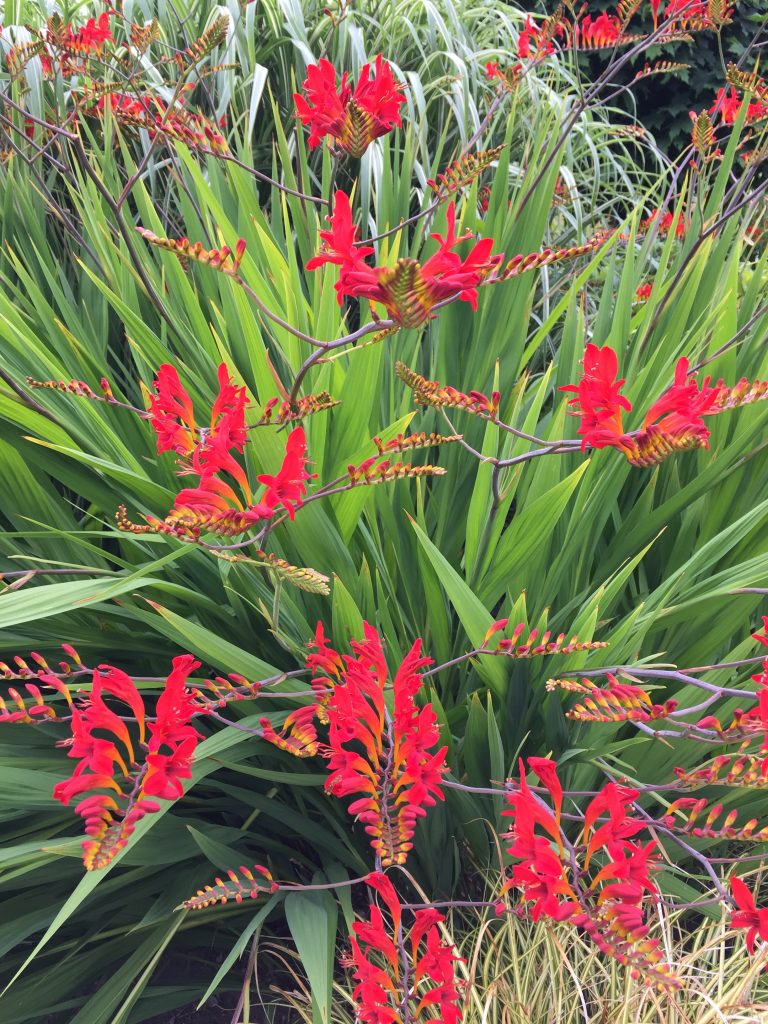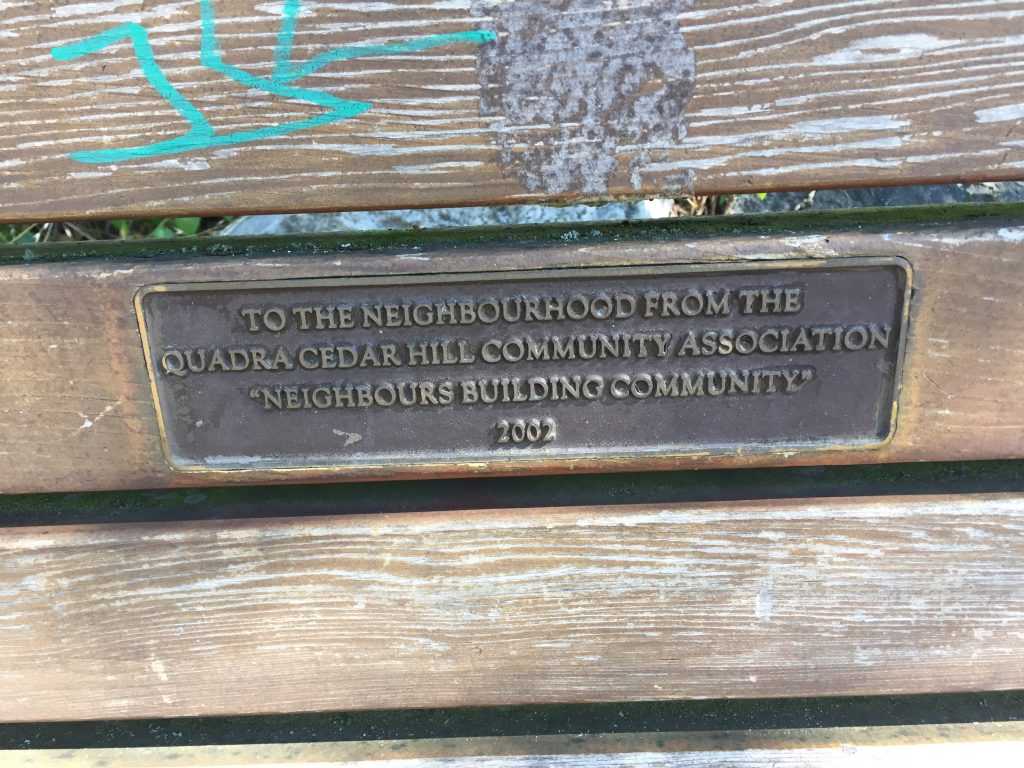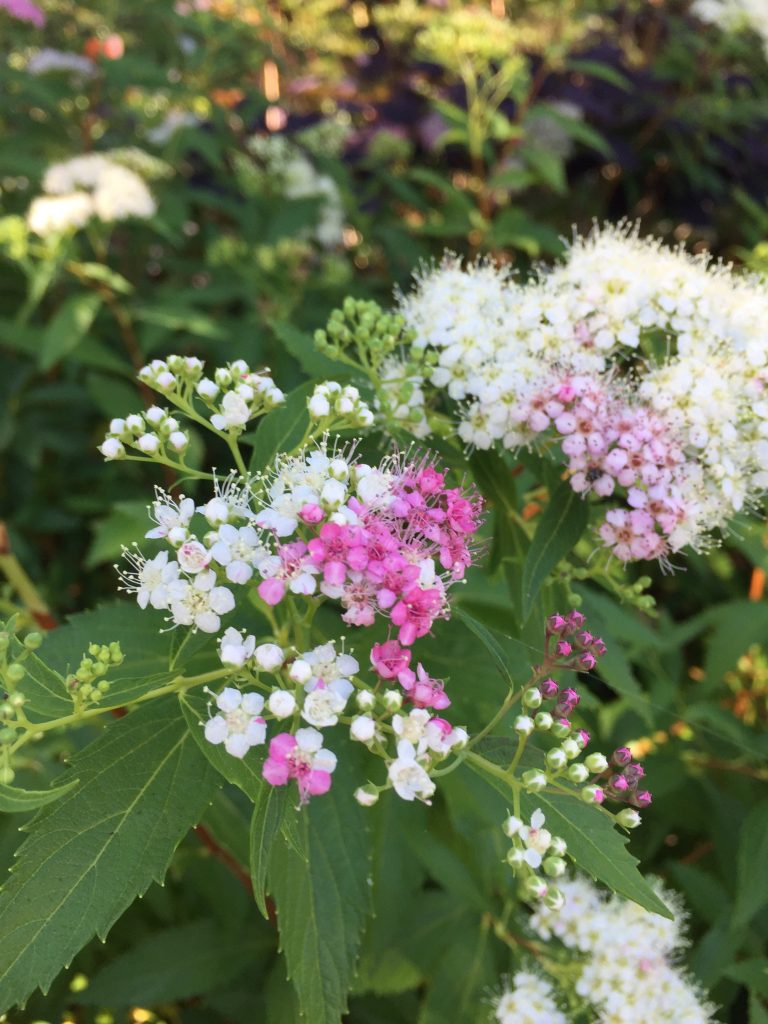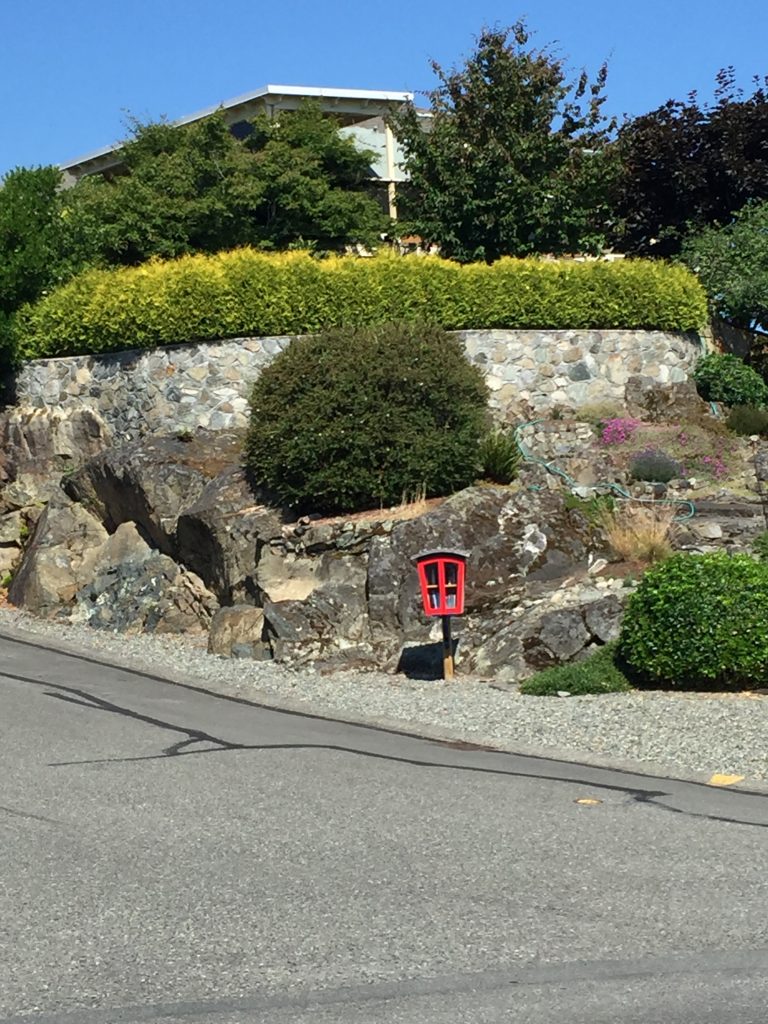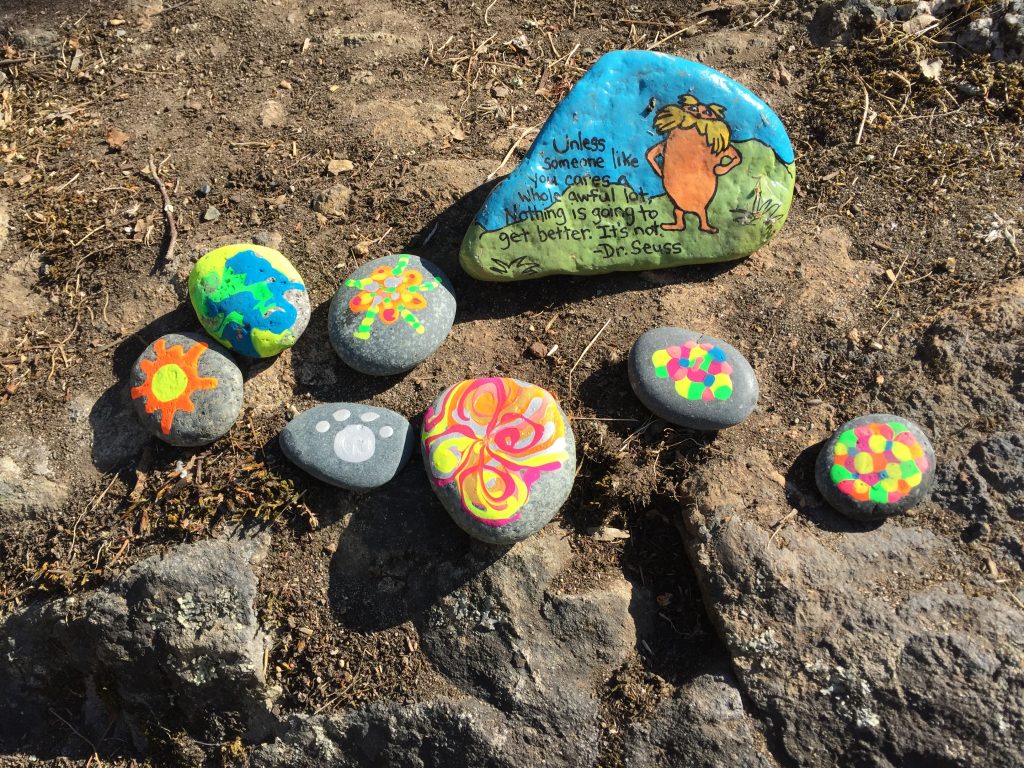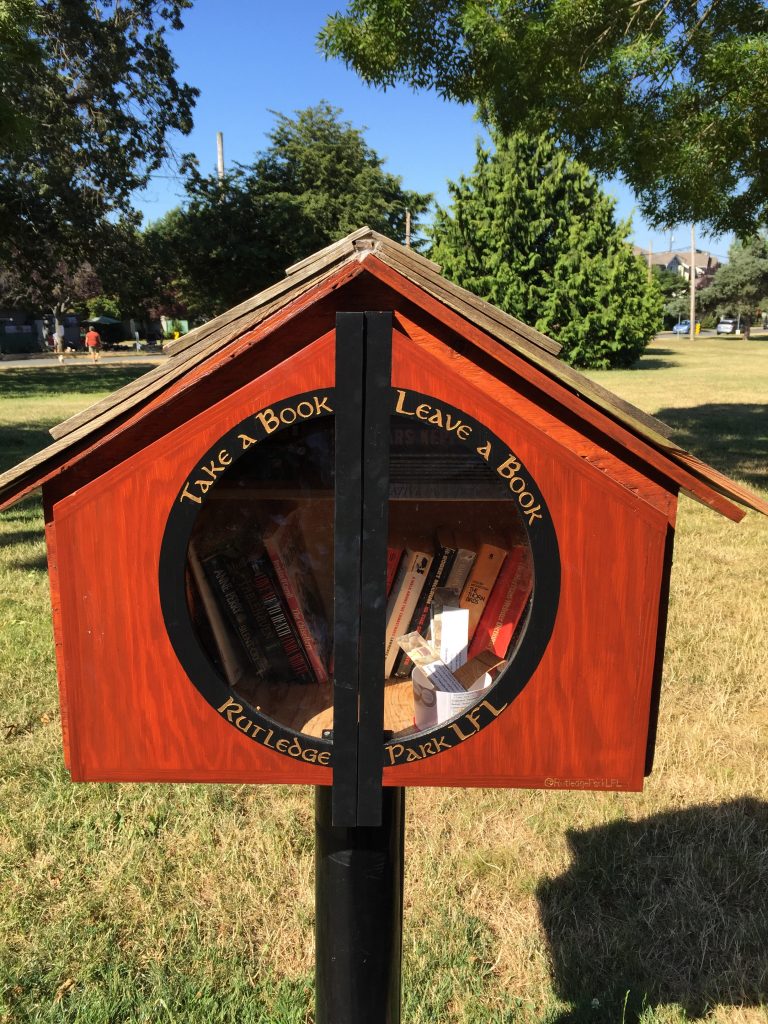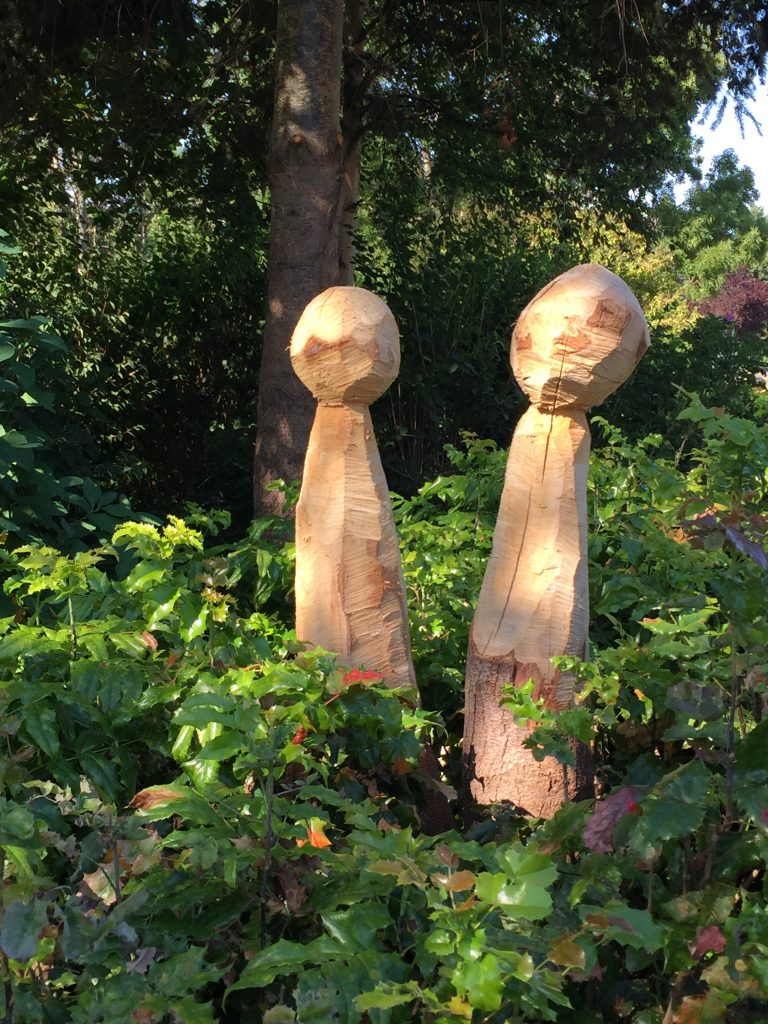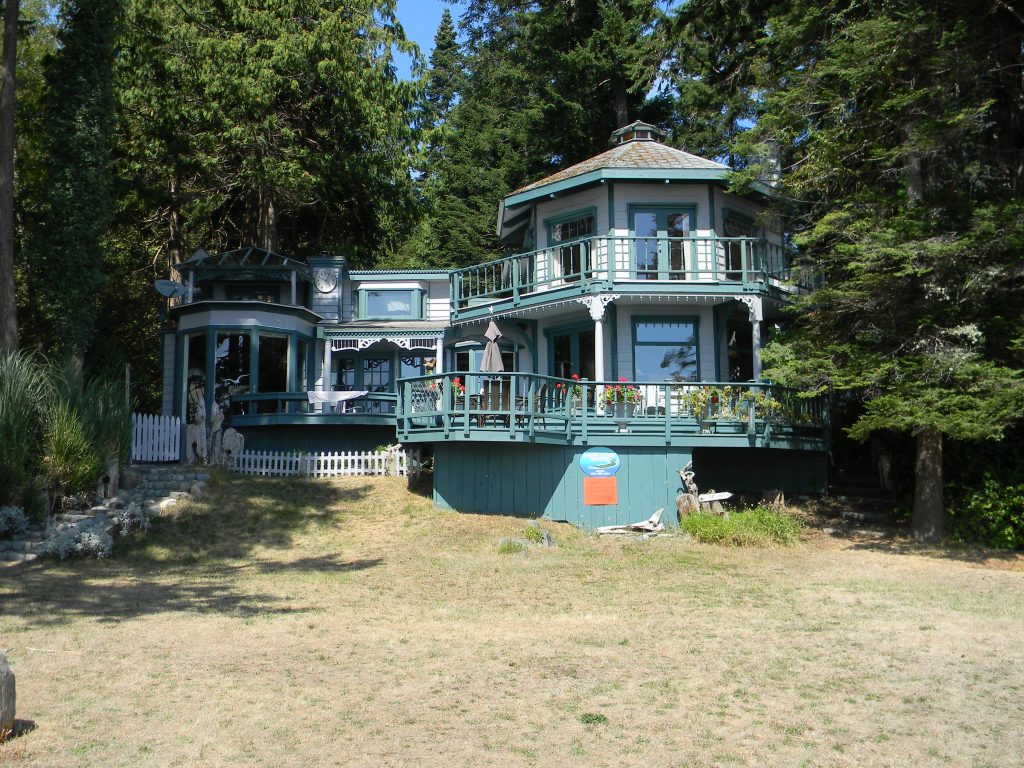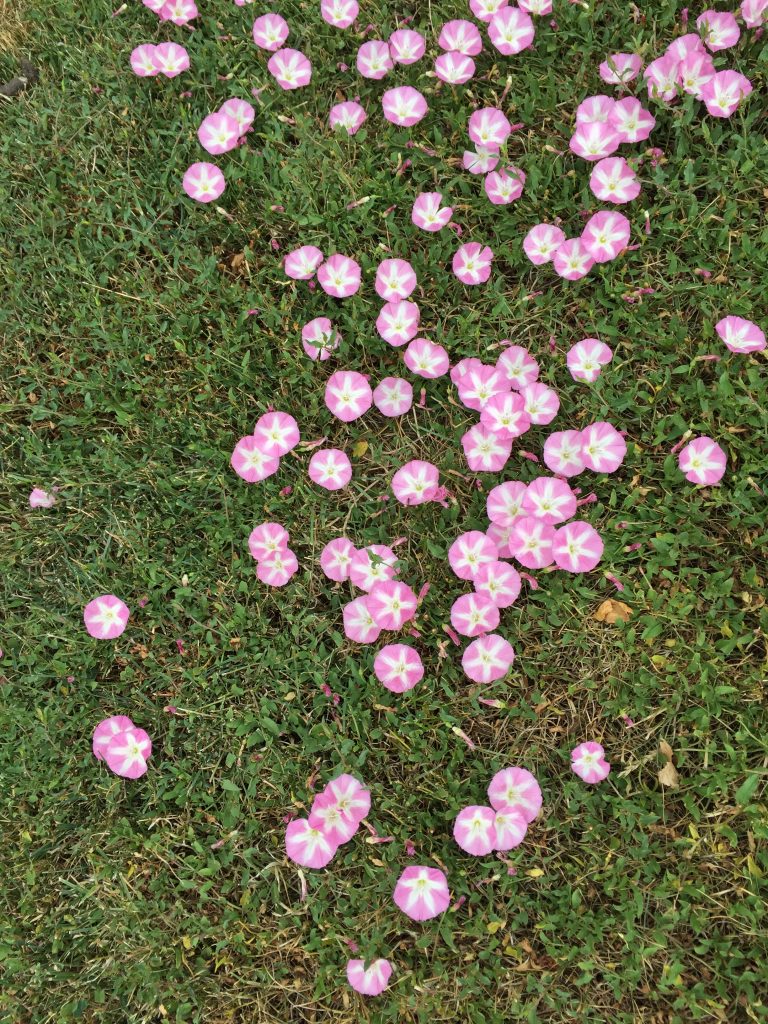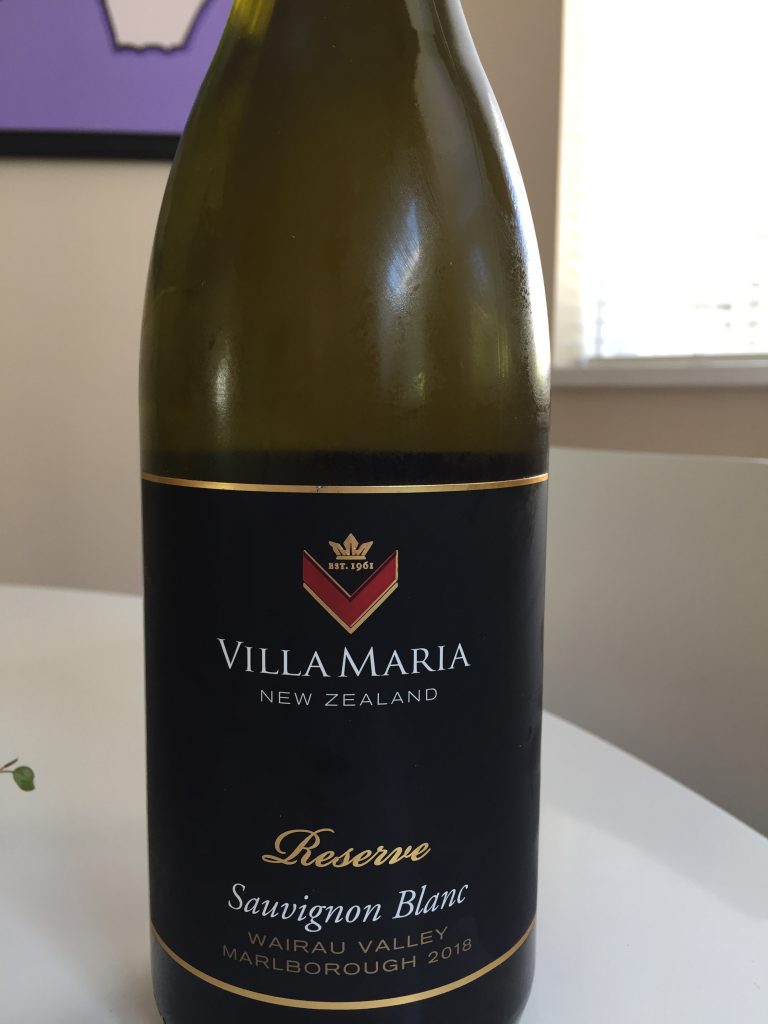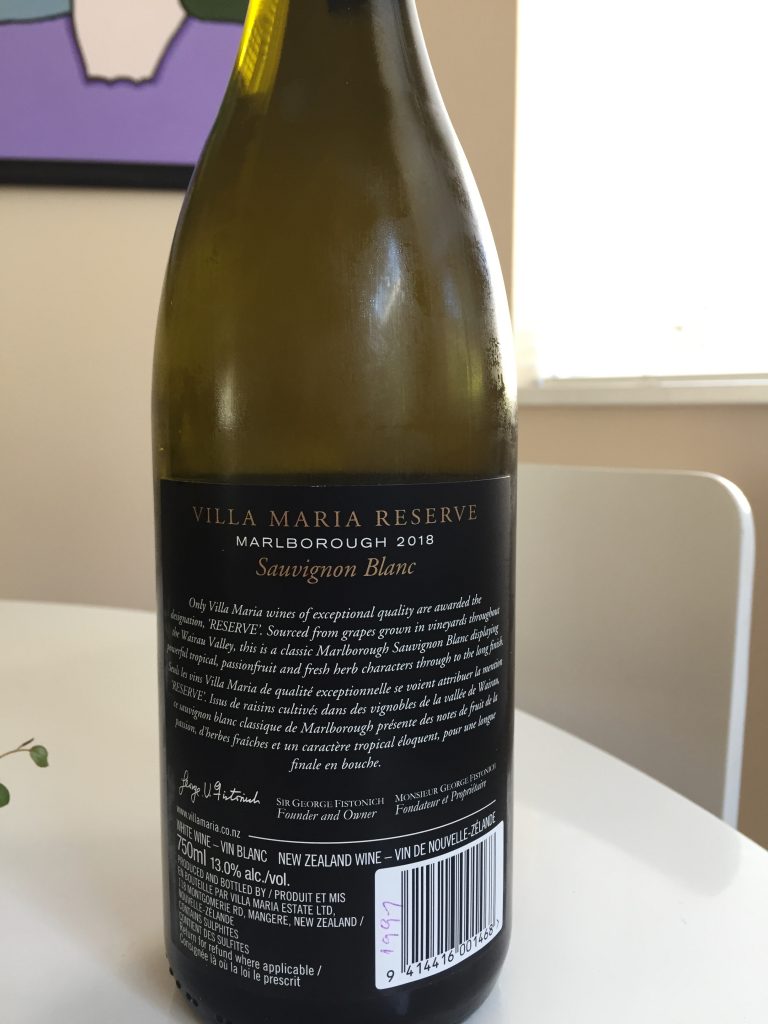Monthly Archives: July 2021
50 Things you may not know about BC
50 things you may not have known about B.C.
1. All of the grey squirrels in Stanley Park today are descended from eight pairs of grey squirrels given to Vancouver by New York City in 1909.
2. The Jolly Jumper baby seat was patented in B.C. in 1957 and manufactured in North Vancouver. Susan Olivia Poole and her son, Joseph Poole, designed the seat to be suspended from the ceiling by a harness, allowing children to bounce and swing without parental help.
3. One of the oldest known western red cedars, the Hanging Garden Tree on Meares Island near Tofino, is estimated to be between 1,500 and 2,000 years old.
4. Whistler is named after the hoary marmot, a rodent nicknamed “whistler” because it gives a sharp piercing whistle to warn of danger.
5. The first electric streetlights in Vancouver were lit on Aug. 8, 1887.
6. The top 10 languages spoken in B.C. are: English, Cantonese, Mandarin, Punjabi, German, Tagalog, French, Korean, Spanish and Farsi.
7. In the 1950s Vancouver was second only to Shanghai as the city with the most neon signs per capita. Neon Products Ltd. of Vancouver, the largest manufacturer of neon signs in Western Canada, estimated that in 1953 Vancouver had 19,000 neon signs one for every 18 residents.
8. The largest landslide ever recorded in Canada occurred on Jan. 9, 1965, 17 kilometres southeast of Hope. The slide killed four people and extinguished a small lake. The slide debris poured across the valley and slopped up its southern side by more than 100 metres.
9. West Vancouver resident Jimmy Pattison is Canada’s third richest person, with a fortune of $7.3 billion, according to Forbes magazine. Pattison is the world’s 184th wealthiest person, according to Forbes.
10. B.C. has about 40,000 islands.
11. The first local telephone call in B.C. was made between Port Moody and New Westminster in 1883.
12. The first trans-Canada telephone call was made in 1916 between Vancouver and Montreal on a circuit running 6,763 kilometres through Buffalo, Chicago, Omaha, Salt Lake City and Portland, Ore.
13. Vancouver had the first Skid Row in Canada, according to National Geographic Magazine. In Vancouver’s early days, the area presently bounded by Carrall and Cordova streets was the terminus of an actual skid road, a slideway used to drag logs to water or to railway track for transport to a lumber mill. How was the term skid road altered to Skid Row? Unemployed loggers often gathered at the end of these trails to ask a boss for work. When no jobs were available, it was time to party. In Vancouver and in Seattle, this involved booze and brothels. Cheap lodging for out-of-work loggers and mission soup kitchens for derelicts were soon added.
14. In June 1942, newspapers reported that a Japanese submarine had fired on the Estevan Point Lighthouse at the north end of Clayoquot Sound on Vancouver Island. That makes Estevan Point the only place in Canada to come under enemy fire during either world war.
15. The last nuclear weapon left on Canadian soil was held at Canadian Forces Base Comox. The base’s annual report notes with pride that Comox “was the last unit in Canada to have the vast responsibility for the direct security of nuclear weapons and components.” On June 28, 1984, the nuclear warhead left Canadian soil and was returned to the United States after a 20-year deployment. (The warheads held at Canadian bases were never under Canadian control. A U.S. Air Force unit stationed at each nuclear base acted as the custodians of the bombs.)
16. It’s boom time for beer in B.C. The number of breweries has almost doubled in just three years. At the end of 2011, the province was home to 51 breweries of all sizes. By this fall there will be more than 90. The recent openings have all been microbreweries providing small-batch craft beer.
17. At the height of his fame in 1926, baseball legend Babe Ruth came to the Pantages theatre for a week of performances. “The Bam is being paid the highest salary ever paid a vaudevillian,” reported the Vancouver Sun at the time. “He draws down a cool 100,000 smacks for 12 weeks of cavorting before Alex’s footlights.Alex was Alexander Pantages, who ran one of the great vaudeville chains. Ruth, who handed out “six autographed baseballs at each performance,” caused a sensation in Vancouver. He lunched with orphans at a Children’s Aid Society home on Wall Street in east Vancouver, visited a disabled boy in hospital, and posed for a picture with the chorus girls at the Pantages. Ruth’s vaudeville stint didn’t hurt his productivity: The year after he played the Pantages, he set a new record by hitting 60 home runs.
18. The 75-kilometre West Coast Trail on the west coast of Vancouver Island is ranked the world’s No. 1 hike by besthike.com. California’s famous John Muir Trail will just have to try harder: It’s ranked second by the website. The West Coast Trail typically takes five to seven days to complete. Challenges confronting hikers include climbing ladders, fording streams, negotiating muddy trails and using cable cars.
19. B.C.’s largest forest fire to date is the Kech fire of 1958, which burned 2,860 square kilometres in north-central B.C.
20. Preserved footprints of three tyrannosaurs, all heading in the same direction, were discovered near Tumbler Ridge in 2011, marking the first time the footprints of more than one tyrannosaur have been found close together. Scientists speculate the prints suggest the predator may have hunted in groups.
21. In 1955 logger Bert Thomas became the first person to swim the Strait of Juan de Fuca between Vancouver Island and Washington’s Olympic Peninsula. During his swim, he was sustained by rum and coke funnelled to him through a garden hose, and lit a Cuban cigar as he backstroked to shore.
22. Greenwood, a community of 676 residents nestled in the Kootenay Boundary region of southern B.C., lays claim to being Canada’s smallest city by population.
23. The Millionaires are celebrated for winning B.C.’s first Stanley Cup in 1915 (the Victoria Cougars won one too, in 1925), but really, we’re more used to being merely Stanley Cup finalists. The Canucks, of course, made it to the dance in 1982, 1994 and 2011. But did you know the first Stanley Cup-losing B.C. team was the 1914 Victoria Aristocrats? (Apologies, readers, an earlier version of this list neglected to mention the Cougars’ win in 1925. Ed.)
24. The McKechnie Cup, played for by B.C.’s top regional senior men’s rugby teams, is the oldest trophy still in use in the province. Teams representing Vancouver, Vancouver Island and the Fraser Valley play in an annual series to determine the champion. First awarded in 1895, the trophy was originally donated by Robert E. McKechnie, who would go on to be UBC’s longest-serving chancellor.
25. On March 1, 1923, world famous escape artist Harry Houdini, who was in Vancouver as part of a vaudeville show performing at the Orpheum Theatre, took up a challenge to be hoisted high into the air while shackled and tied up in a straitjacket outside The Sun building at 137 West Pender.About 10,000 people showed up to see if the famed “master of escape” could wriggle his way out of his predicament. Two Vancouver police detectives were tapped to bind Houdini, who was then hoisted up hanging upside down from his ankles. It took Houdini only three minutes and 39 seconds to extricate himself from the straight-jacket. A film of the escape was shown that night at the Orpheum, with Houdini in the audience.
26. The Glass House in Boswell, a small town near Creston, is made of half a million empty embalming fluid bottles. The curiously beautiful house was started in 1952 by David H. Brown, a retired undertaker.It took two years to build the house, which became the Brown family home. David Brown passed away in 1970 and his family eventually made the house accessible as a tourist attraction.
27. The first three radio stations in B.C. all owned by newspapers were licensed in Vancouver in 1922.
28. Academic and politician Pauline Jewett became president of Simon Fraser University in 1974, making her the first woman to head a major Canadian university.
29. Victoria’s is the first and oldest Chinatown in Canada and second oldest in North America after San Francisco.
30. Vancouver track star Percy Williams won two Olympic golds in 1928. In 1950, a national poll declared him Canada’s greatest track athlete of the first half of the 20th century. In 1972, he was named Canada’s greatest-ever Olympian. His double-gold feat is no longer B.C.’s best summer-time performance, though. That crown has been passed on to another Vancouverite, rower Kathleen Heddle. She won two golds in Barcelona in 1992, then another gold (and a bronze) in Atlanta four years later.
31. B.C. has the world’s largest supply of nephrite jade, making it a geological temple to the substance the Chinese call “the stone of heaven.” The green stone is found at about 50 sites in the province. Most of B.C.’s jade production is exported to China. Jade boulders are weathered brown, grey or white, which conceals the green nephrite core.
32. More than eight times the height of Niagara, the Della Falls is the highest waterfall in Canada at 440 metres. The Della Falls is located in Strathcona Provincial Park near the town of Port Alberni on Vancouver Island.
33. The Lost Lagoon fountain in Stanley Park is a leftover from the 1936 World Fair in Chicago. Vancouver purchased the fountain after the world fair ended.
34. Sliced bread came to Vancouver in 1937.
35. B.C. could be called sci-fi central. The filmed-in-B.C. series Smallville (2001-2011) holds the Guinness World Record for the longest consecutively running sci-fi television show, with 218 episodes. The previous record holder was Stargate SG-1 (1997-2007), which was also filmed in B.C. Supernatural, which made its debut in 2005 and is currently shooting in B.C., is hot on Smallville’s heels. It has produced 195 episodes and has been renewed for a 10th season.
36. The B.C.-based Jimmy Pattison Group owns the Guinness World Book Company and Ripley’s Believe It or Not.
37. Ogopogo has been a protected species since 1989, thanks to the B.C. government. The legendary serpent-like creature believed but never proved to inhabit the depths of Okanagan Lake has legal protection from being captured, killed or even harassed. “Now we can protect the creature because we can put a total closure on its capture,” B.C.’s wildlife director Jim Walker said at the time. “It would be most exciting if it was some species not known before.”
38. Between 1787 and 1898, approximately 850 Hawaiians came to the Pacific Northwest as part of the fur trade and many of them settled in B.C. Most of the Hawaiians who settled in B.C. married and formed families with local native women. Government officials referred to their offspring as “Kanakas” Although many of the places named for them Kanaka Row in Victoria (a shantytown located where the Empress Hotel now stands) and Kanaka Ranch in what is now Stanley Park no longer exist, many British Columbians can trace their ancestry back to B.C.’s Hawaiian pioneers.
39. The filmed-in.B.C. series Beachcombers, shot in Gibsons from 1972 to 1990, is Canada’s longest running drama series. In all, 387 episodes were produced. If Beachcombers had aired for one more season, it would have caught up to Gunsmoke for the title of longest-running TV drama anywhere. (It ran in dozens of countries around the world, including in Germany, where its title translated as Beach Pirates.)
40. Francis Rattenbury, the prominent architect who designed the B.C. legislative buildings in Victoria when he was just in his 20s, was the victim in a 1935 murder that was labelled the “crime of the century.” Rattenbury, who also designed the Empress Hotel and the provincial courthouse in Vancouver (now home to the Vancouver Art Gallery), left B.C. and retired to his native England in 1930 after marrying Alma Clarke Pakenham, who was 30 years his junior. In 1935, the 68-year-old Rattenbury was bludgeoned over the head by a croquet mallet and his wife’s 17-year-old lover, George Stoner, was convicted of the murder.
41. Vancouver was incorporated the same year that Coca-Cola and the automobile were invented: 1886.
42. Nine metres below VanDusen Botanical Gardens is an enormous abandoned reservoir that was built in 1912. The concrete vaults once held three million gallons of city drinking water. The reservoir was abandoned and sealed in the early 1970s.
43. The length of B.C.’s coastline, including the shorelines of islands, is 27,200 kilometres. (The circumference of the Earth at the equator is 40,075 km.)
44. Canada’s longest swimming pool at 137 metres is Vancouver’s Kits Pool. The outdoor saltwater pool opened on Aug. 15, 1931.
45. The eruption of Wilksi Baxhl Mihl in northwestern B.C.’s Nass Valley approximately 250 years ago buried two Nisga’a villages and reportedly caused the death of more than 2,000 people.
46. B.C. is home to the two largest Douglas fir trees in Canada. The largest, known as the Red Creek Fir, is in the San Juan River Valley and stands 73.8 metres tall and has a circumference of 13.28 metres. The second largest, known as Big Lonely Doug because it stands alone among dozens of giant stumps in a clearcut area, is just 20 kilometres away near Port Renfrew. Lonely Doug stands 70.2 metres high, about as tall as an 18-storey building, and has a circumference of 11.91 metres. Conservationists believe Doug could be as much as 1,000 years old.
47. Cosmetic Botox was invented in Vancouver. In 2000 Vancouver doctors Alastair Carruthers and Jean Carruthers presented findings from the first major study on the safety and efficacy of Botox to prevent wrinkles. The husband-and-wife team were the international pioneers in the use of the medical marvel many years earlier. It is now one of the most common cosmetic procedures around the world.
48. B.C.’s first train robber was Billy Miner, who was immortalized in the 1982 movie The Grey Fox . An American-born stagecoach robber, Miner crossed the border into B.C. in the early 1900s and robbed at least two trains before he was caught and sentenced to 25 years in prison. Miner was sent to New Westminster’s B.C. Penitentiary. He escaped in 1907, leaving behind $155 and a pocket watch that is in the Royal BC Museum in Victoria. Reputedly the first robber to use the phrase “hands up!” Miner was known for his genteel manners and apologetic demeanour.
49. The Denman Arena, the largest ice arena in Canada at the time with 10,500 seats, opened in 1911 in Coal Harbour. It was the first artificial ice surface in Canada. The arena burned down in 1936.
50. The Canadian record for greatest rainfall in one day 489 mm was set in Ucluelet on Oct. 6, 1967. The record still stands.
Weird World
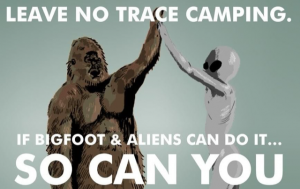

Goddess in the Sun
Friuli-Venezia Giulia is an autonomous region of Italy, in the far northeast corner, bounded by the borders with Austria and Slovenia to the north and east respectively. The DOC designation which which covers the whole area is known either as Friuli, or by the longer name.
In terms of terroir, the most important influence on Friuli-Venezia Giulia’s vineyards is their position between the Alps and the Adriatic. The mountainous topography in the north and east lifts many vineyards above the low-lying cloud that is sometimes trapped between the hills and the coast.
Consequently, the vines bask in bright sunshine while temperatures are moderated by altitude. This helps the grapes to develop full phenolic ripeness and aromatic depth before their sugar levels peak.
An intense and complex bouquet. Full bodied and almost velvety on the palate. A minerally finish follows a pleasant and sweet taste.
This wine deserves a classier label.
FRIULI VENEZIA GIULIA PINOT GRIGIO RAMATO – SUN GODDESS
$23.99 regularly $25.99
12.5% Alcohol
UPC: 00606179209994
Old friends for dinner
It’s on sale again, and couldn’t resist picking up a couple of bottles of one of our all time favourite whites. Scallops were bought the morning before, and all the other ingredients were on hand: House spiced Couscous and orange grape salada.
Quick grill for the saffron/thyme spiced scallops had them ready at the same time as the couscous.
The only additional terroir ingredient desired would have been no winds out on the deck.
Setubal Jose Maria da Forseca Albis
$9.99 regularly $13.49
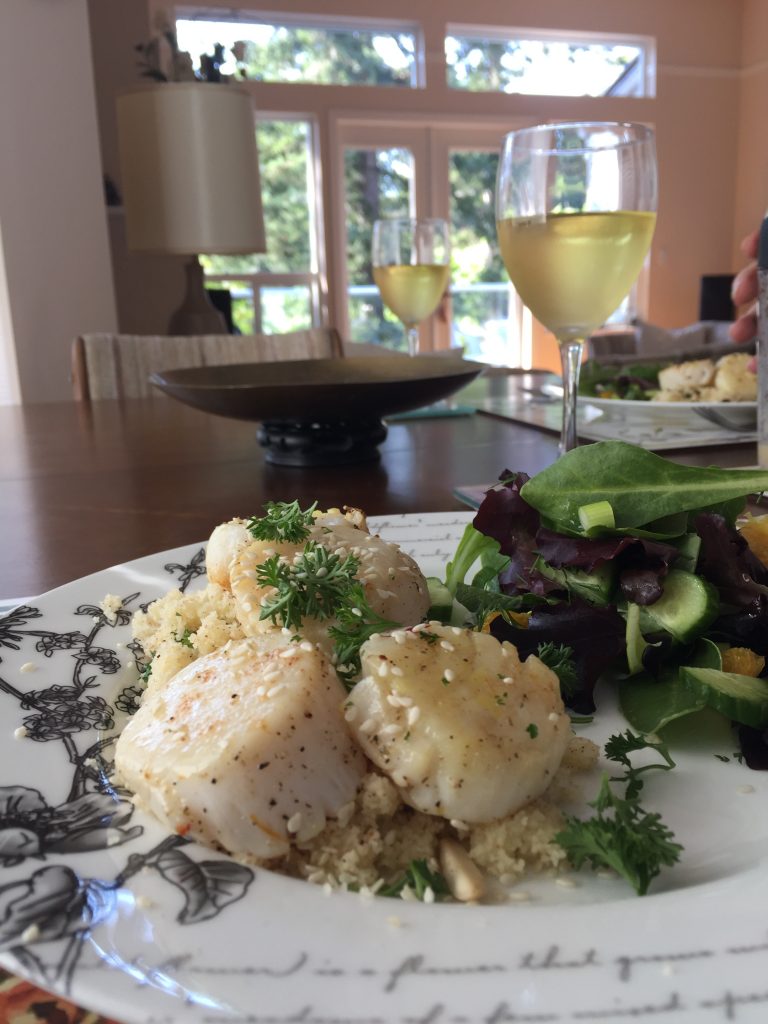
Just Around
Words of Wisdom
Wisdom is knowing what to do next, skill is knowing how to do it, and virtue is doing it. – David Starr Jordan
The end of all our exploring will be to arrive where we started and know the place for the first time. – T.S. Eliot, Little Gidding, 1942
I’m absolutely not looking for an executive assistant…I’m looking for an Orchestrator of Awesomeness.
Mandy Farmer (Accent Inns)
I don’t want to not live because of my fear of what could happen… ~Laird Hamilton
Anxiety is like terrorism one commits on oneself.
Polish Proverb
The universe is my country and the human family is my tribe.
Khalil Gibran
Portuguese Introductions
We were introduced to Mariza from Portugal by someone from her homeland who is married to a Greek
This group has had several lead female singers. All of the STUNNING
Conversation Survival
Here are two books that can change the course of your success rate in interacting with others. The quality of your life comes out of the quality of your dialogues and conversations. It also can help you make it safe to talk about almost anything.
These books are the real deals. Read. Underline and learn.
Crucial Confrontations – Kerry Patterson, Joseph Grenny, Ron McMillan, Al Switzler ISBN 0-07-144652-4
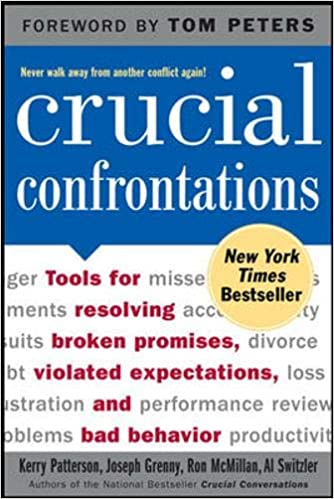
Crucial Conversations – Kerry Patterson, Joseph Grenny, Ron McMillan, Al Switzler ISBN 0-07-140194-6
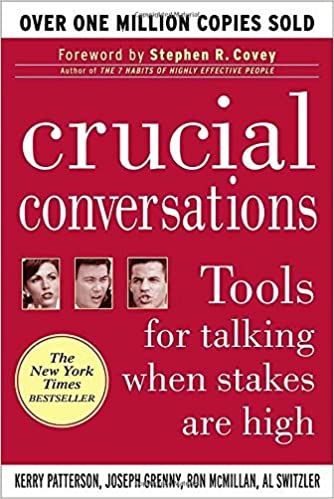
Lucked Out
Remarkable value when at the sale price that is $10 off the regular price. From the Wairau Valley, Marlborough wine region, Villa Maria Reserve 2019 Sauvignon Blanc is produced from sustainably-grown wine grapes. From January 2019 onwards, Marlborough experienced a summer of the century, with a spell of long hot dry weather with moderately cool nights providing the perfect environment.
The later ripening due to elevation and cooler night temperatures of the Laugeson Vineyard in the upper Waihoipai Valley once again played a key part in the success story.
Crisp tropical fruit favours all the way through to the finish. Keeping it cooler than usual for a white seems to enhance the taste.
SAUVIGNON BLANC – VILLA MARIA RESERVE WAIRAU VALLEY
$19.99 Regularly $29.99
13% alcoho
lUPC: 09414416001468
